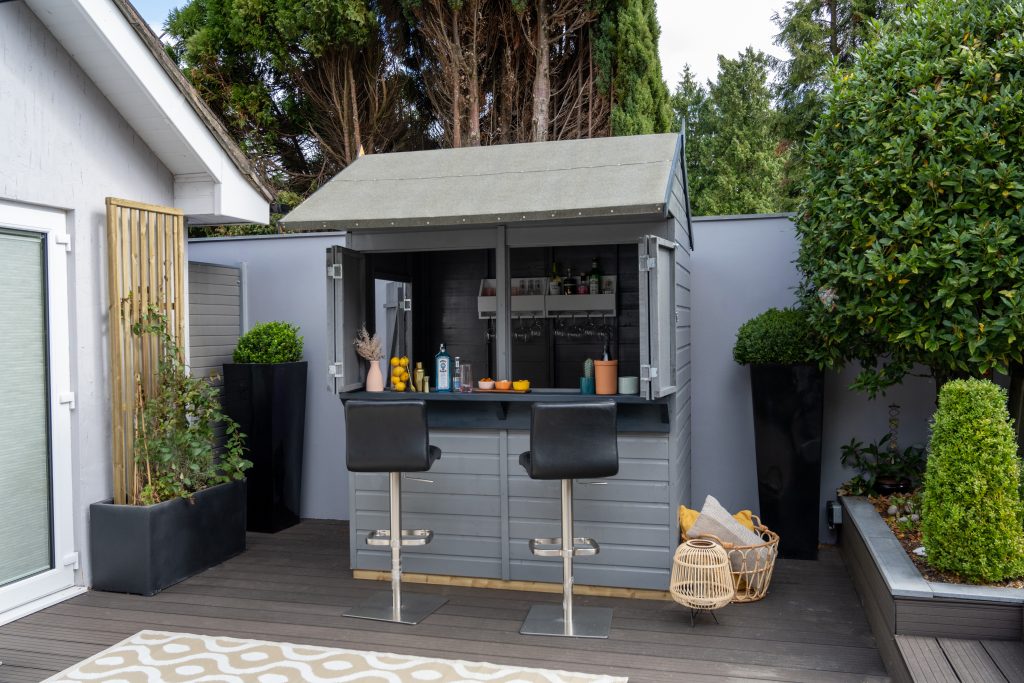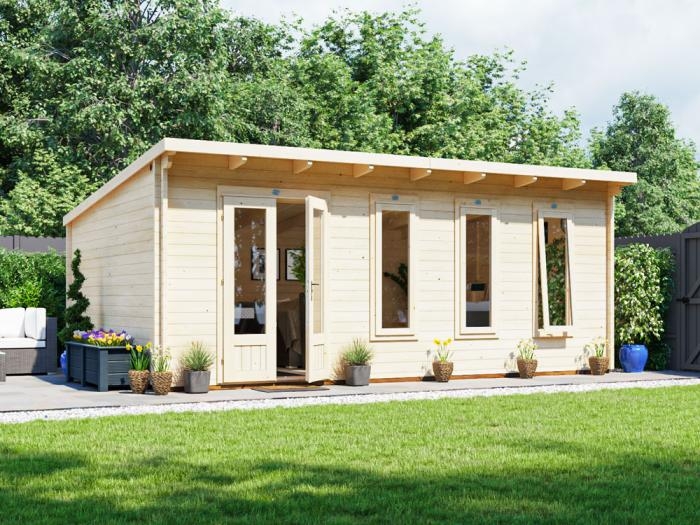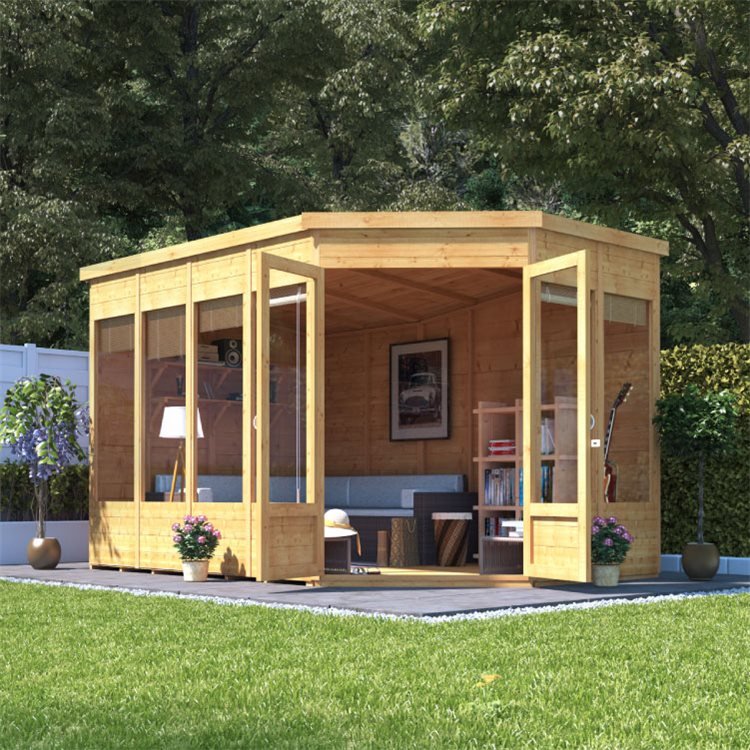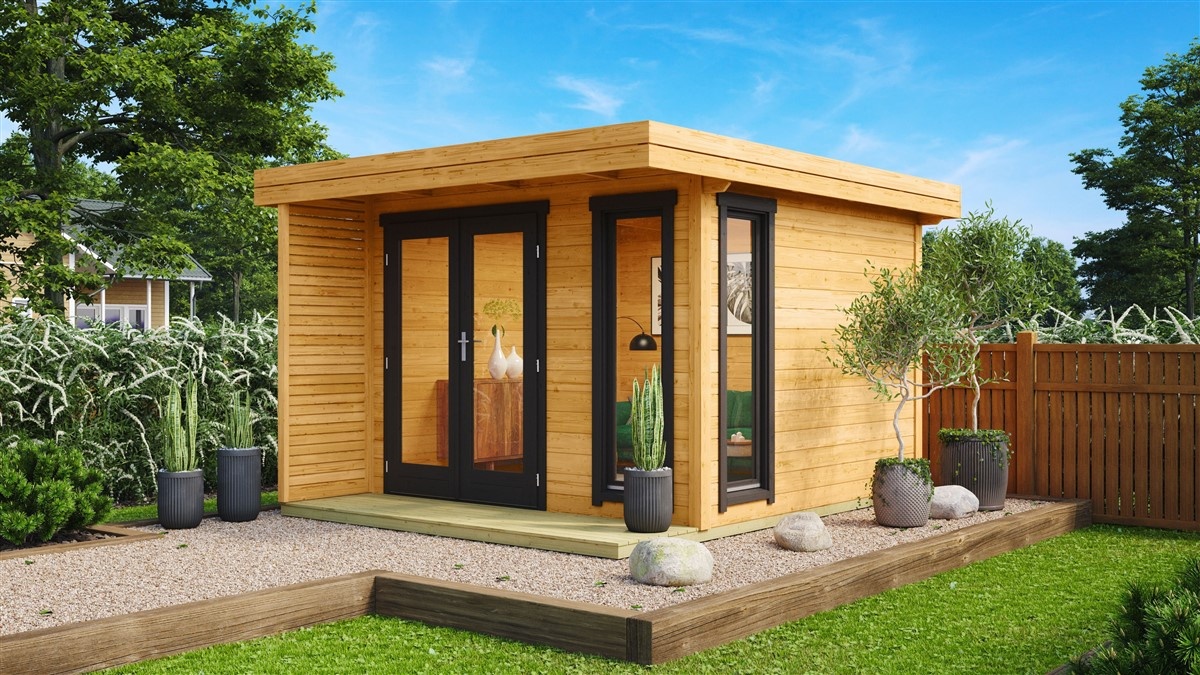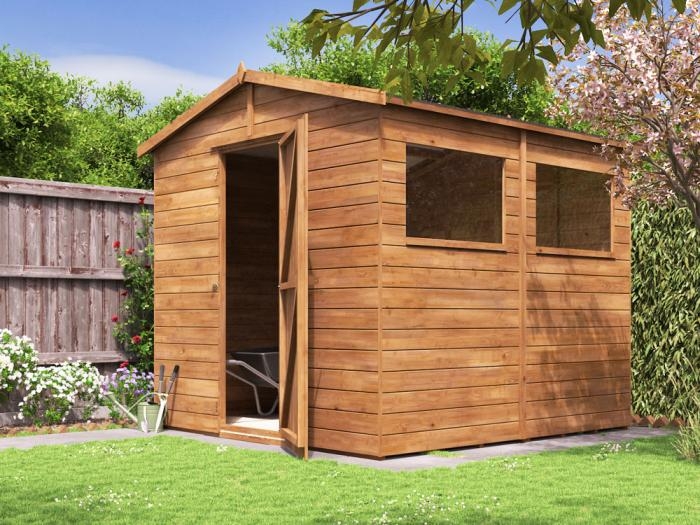Joiners in Bridge of Allan Area
Bridge of Allan, a charming town nestled in central Scotland, is known for its historic architecture, tranquil streets, and a vibrant local community. A key part of maintaining the beauty and functionality of homes and businesses in this area is the skilled craftsmanship of joiners. Joiners, or carpenters, play an essential role in construction, renovation, and repair, working on everything from bespoke furniture and cabinetry to doors, windows, and staircases. Joiners in the Bridge of Allan area, there is a rich tradition of high-quality joinery that reflects both the heritage of the town and the modern needs of its residents.
The Role of a Joiner
Joiners specialize in working with wood, creating and installing various structural and decorative elements for buildings. Unlike carpenters, who typically work on-site and deal with more structural aspects of woodwork, joiners often work in workshops, crafting items that are later installed at a construction or renovation site.
The work of a joiner includes tasks like:
- Bespoke furniture making: Custom-made furniture designed to fit the unique style and space requirements of the home or office.
- Windows and doors: Crafting, installing, and repairing wooden windows and doors, often maintaining the traditional styles that fit the historic character of Bridge of Allan’s buildings.
- Staircases: Designing and constructing intricate staircases, ensuring both beauty and functionality.
- Wooden flooring: Laying hardwood floors, a popular choice for the stylish homes in Bridge of Allan.
- Timber framing: Joiners are also involved in the construction of timber frames for homes and other structures, particularly in renovations or new builds.
- Repairs and restoration: Maintaining and restoring wooden elements in historic buildings, a particularly important role in an area like Bridge of Allan, where preserving architectural heritage is a priority.
Joiners in Bridge of Allan Area
The homes and buildings in Bridge of Allan often feature unique architectural details, many of which are crafted from wood. From Victorian-era houses to modern homes, wood plays a central role in the aesthetic and structural components of many properties. As a result, the demand for skilled joiners remains high, as residents seek to preserve the character and quality of their homes.

- Preserving Historical Architecture: Bridge of Allan has a long history, with many of its homes dating back to the 19th century. These older properties often feature intricate wooden detailing, from sash windows to ornate bannisters, which require specialist knowledge to repair or replicate. Joiners in the area are well-versed in traditional techniques, allowing them to sympathetically restore and maintain these historic elements while ensuring modern standards of insulation, security, and durability.
- Custom Solutions for Modern Living: While many of the homes in Bridge of Allan are traditional in design, residents also demand modern conveniences. Joiners provide custom solutions that blend the old with the new, such as integrating built-in storage into period properties or creating bespoke kitchen cabinetry that complements both traditional and contemporary interiors.
- Quality Craftsmanship: Homeowners in this area are typically looking for high-quality craftsmanship that will stand the test of time. This demand for excellence has cultivated a community of highly skilled joiners who pride themselves on their attention to detail, use of premium materials, and ability to produce work that not only meets but exceeds expectations.
Joiners in Bridge of Allan Area
When selecting a joiner in the Bridge of Allan area, there are several important factors to consider. These include reputation, expertise, services offered, and the ability to work within both traditional and modern settings. Here are some key considerations:
- Experience and Specialization: It’s crucial to choose a joiner with experience in the type of work you need. For instance, if you’re restoring a period home, you’ll want a joiner who specializes in traditional techniques and restoration. On the other hand, for a contemporary kitchen renovation, a joiner with expertise in modern cabinetry and design may be more appropriate.
- Local Reputation: Joiners in Bridge of Allan often build their business through word-of-mouth recommendations. Looking at reviews from local residents or asking for referrals can give you a sense of a joiner’s reputation. Many joiners in the area have long-standing relationships with the community, and their work can often be seen in homes and businesses throughout the town.
- Portfolio of Work: A skilled joiner should be able to show you examples of their previous work. This might include custom-made furniture, restoration projects, or larger construction jobs. A diverse portfolio demonstrates versatility and the ability to handle a variety of projects.
- Materials and Sustainability: With increasing awareness of environmental issues, many joiners in Bridge of Allan are focused on sourcing sustainable materials. Whether it’s using FSC-certified wood or opting for eco-friendly finishes, local joiners are often mindful of reducing their environmental impact while maintaining high standards of craftsmanship.
Local Joinery Services
Several well-established joiners operate in the Bridge of Allan area, offering a wide range of services. These companies vary in size and specialization, with some focusing on residential projects like kitchen installations and furniture making, while others might be more involved in larger-scale construction work.
- Residential Joinery: Many joiners in the area cater to homeowners looking for bespoke solutions for their homes. This includes everything from fitted wardrobes and custom bookcases to full-scale renovations of kitchens and bathrooms.
- Commercial Joinery: Local businesses often require custom-made fixtures and fittings, such as reception desks, shelving units, and shop fronts. Joiners provide these tailored solutions, ensuring a professional finish that aligns with the branding and functional needs of the business.
- Restoration Services: For owners of historic properties, joiners provide specialist restoration services, maintaining the integrity of original wooden features while updating them to meet modern building regulations.
In joiners Bridge of Allan area, joiners play an essential role in preserving the town’s architectural charm while helping residents and businesses create functional, beautiful spaces. Whether you’re looking to restore a historic home or bring a modern design to life, the skilled joiners in this area are equipped to meet your needs with craftsmanship that reflects the high standards of the community.











